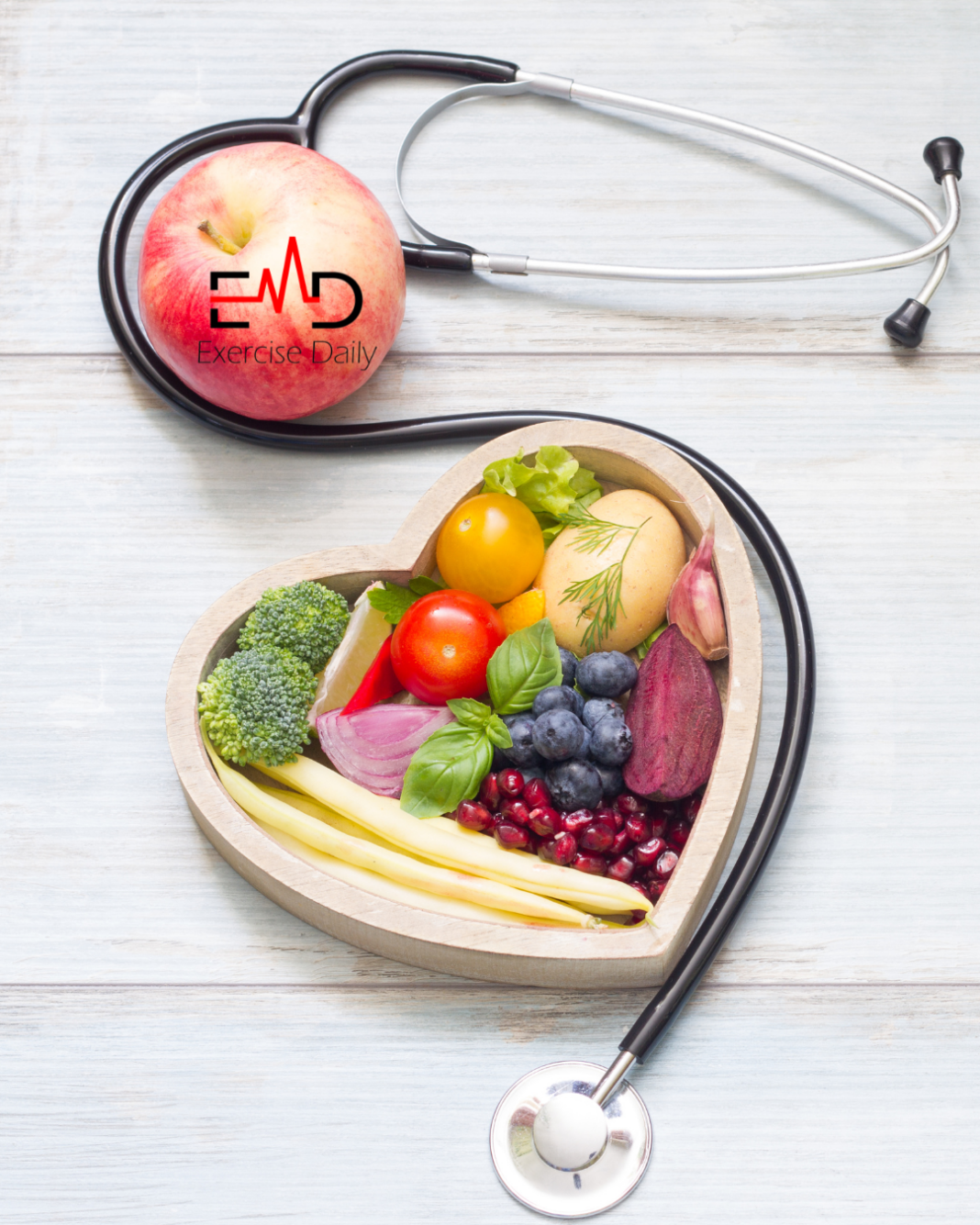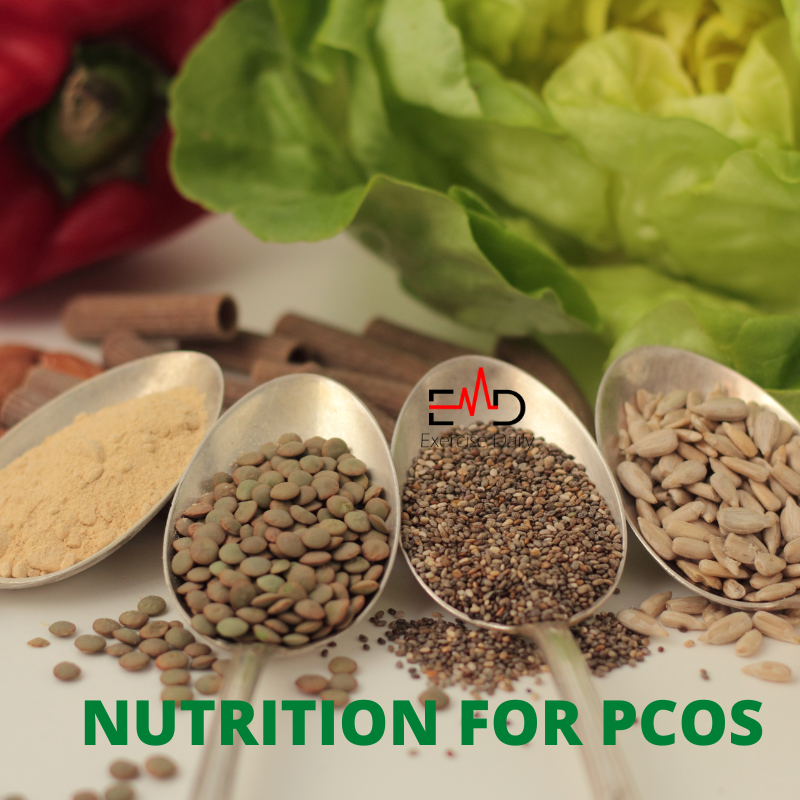Exercise daily – If you have diabetes, you know that meal planning is important. But what are the best foods to eat if you have diabetes? Meal planning for type 2 diabetes can be a difficult task. We are here to help you.
This blog post will review some general tips for meal planning with diabetes. We’ll also give you a list of some delicious and diabetes-friendly recipes to get you started.
Diabetes Mellitus:
Diabetes mellitus is a condition in which sugar levels become very high. Types of diabetes are as follows:
Type 1 diabetes is a disease where the body’s immune system destroys insulin-producing cells. This type of diabetes is usually common in childhood or adolescence. People with type 1 diabetes are usually on insulin.
Type 2 diabetes is the most common type among people. It usually develops in adults and is often developed due to obesity. In type 2 diabetes, the insulin in the body is at a very low level. We can easily manage type-2 diabetes with lifestyle changes, such as diet, exercise, and medication.
Gestational diabetes develops during the pregnancy period.
When you have diabetes type-2, meal planning is important to maintain blood sugar levels and prevent diabetic ketoacidosis. A diabetic diet is a diet that is high in fiber, low in sugar, and low in saturated and Trans fats. There are many different meal plans for people with diabetes, but they all have one goal: to help you control your blood sugar.
One way to make meal planning easier is to use a diabetic food list. This list can help you plan and make sure you are getting the right nutrients. Another way to make meal planning easier is to create a diabetic diet plan. This plan can help you control your portions and make healthier choices.
Some people find it helpful to create a weekly meal plan. This tip can help ensure you eat the right foods and get the proper nutrition.
Tips for the diabetic patient:
If you are having trouble sticking to a diabetic diet, you can do a few things to make it easier.
When you’re meal planning, consider these tips:
Choose foods that are high in fiber. Fiber helps slow down the absorption of sugar in your blood, so it’s a good choice for people with diabetes. Rich sources of fiber include beans, vegetables, whole grains, and fruits.
Limit saturated fat and cholesterol. Saturated fat and cholesterol can raise your blood cholesterol levels and make it harder for your body to use insulin.
Eat more lean protein. Lean protein, such as chicken, fish, and tofu, can help you feel full and satisfied. Protein helps to stabilize blood sugar levels and can help to prevent diabetic ketoacidosis.
Include healthy fats in your diet. Healthy fats, such as avocados, nuts, and seeds, can help you manage your blood sugar levels.
Drink plenty of water. Water helps your body process sugar and helps to keep you hydrated.
Avoid sugary drinks. Soda, sports drinks, sweetened coffee, and tea can all raise your blood sugar levels.
Exercise daily. Exercise helps your body use insulin more effectively. Meal planning takes a little effort, but it’s worth it! Following a healthy diet can help you control your blood sugar levels and stay healthy.
If you follow these tips, you should be able to stick to a diabetic diet and maintain good blood sugar control.
Best Diets for Diabetes:
Many types of diets are commonly recommended for Diabetes. Dash diet and the Mediterranean diet.
Dash Diet:
The Dash diet is a diet that is rich in fruits, vegetables, whole grains, and low-fat dairy. It also includes lean meats, fish, nuts, and seeds. The Dash diet is low in salt, sugar, and saturated fat.
Mediterranean Diet:
The Mediterranean Diet is a diet that includes a variety of healthy foods, including olive oil, fish, nuts, and whole grains. The Mediterranean Diet has improved heart health and blood sugar control.
Both diets effectively lower blood sugar levels and help to prevent or delay the onset of Diabetes.
What Foods You should avoid when you have type-2 Diabetes:
When you have type-2 Diabetes, your body cannot use insulin properly. This causes your blood sugar to rise. To manage your blood sugar, you need to watch your diet and avoid foods that can make your blood sugar rise.
Refined Carbohydrates
Refined carbohydrates are present in white bread and pasta. They’re also in sugary foods like cookies, cake, and candy. When you eat refined carbs, your blood sugar rises quickly. That’s why it’s important to take them to a moderate level.
Saturated Fats:
Saturated fats are found in meat and dairy. They’re also in some plant-based oils, like coconut oil. Saturated fats can raise cholesterol and make it hard for your body to use insulin. That’s why it’s important to avoid them when you have Diabetes.
Trans Fats:
Trans fats are present in processed foods, like margarine and cooking oil. They’re also in some fast foods and baked goods. Trans fats can raise cholesterol and make it hard for your body to use insulin. That’s why it’s important to avoid them when you have Diabetes.
Simple Sugars:
Simple sugars are found in candy, cookies, cake, and other sweets. They’re also in some fruit juices and sports drinks. When you eat simple sugars, your blood sugar rises quickly. That’s why it’s important to avoid them when you have Diabetes.
Diet Plans For Diabetes:
This is a basic diet plan for a day. So if you want a specific diet plan, you should consult a registered dietitian.
Breakfast:
- One boiled egg and half a small avocado are spread on a slice of bran bread.
- And one orange.
Lunch:
One small whole wheat pita pocket, one cucumber, one tomato, half a cup of lentils, half a cup of leafy green vegetables, and salad dressing.
Dinner:
One cup of cooked pasta, two oz. Of small chicken pieces, 1.5 cups of veggie tomato sauce with garlic, mushrooms, and greens.
Meal Planning For Diabetes Type 2. FAQs:
Q: What is the best diet for diabetes type 2?
A: There is no one “best” diet for diabetes type 2. Everyone is different and will need to find the eating plan that works best for them.
A healthy diet for type 2 diabetes should include Plenty of vegetables and fruits, Lean Protein, Whole grains, and Healthy fats.
Q: What are some tips for meal planning?
A: Start by listing all the meals and snacks you eat in a week. Then, look at your schedule and figure out what times of day you have time to cook and eat. From there, you can start planning out your meals. It can be helpful to batch cook or make some of your meals ahead so that you have something quick and easy to grab during the week.
Q: What should I avoid eating if I have type 2 diabetes?
A: Generally, you should avoid processed foods, sugary drinks, and foods high in saturated and trans fats. These foods can cause blood sugar to spike and lead to weight gain.
Q: What are some other tips for managing type 2 diabetes?
A: In addition to meal planning, you can do a few other things to help manage your type 2 diabetes. These include: Exercising regularly, Monitoring your blood sugar levels, and Taking medication as prescribed.
Conclusion:
In conclusion, meal planning for diabetic patients is crucial to managing the disease. Many different diet plans can be followed, and it is important to find one that works best for you. A diet plan for a diabetic type 2 patient should include plenty of fresh fruits and vegetables, whole grains, lean proteins, and healthy fats. It is also important to consult with a registered dietitian or nutritionist to ensure that you are getting the proper nutrients and calories.



